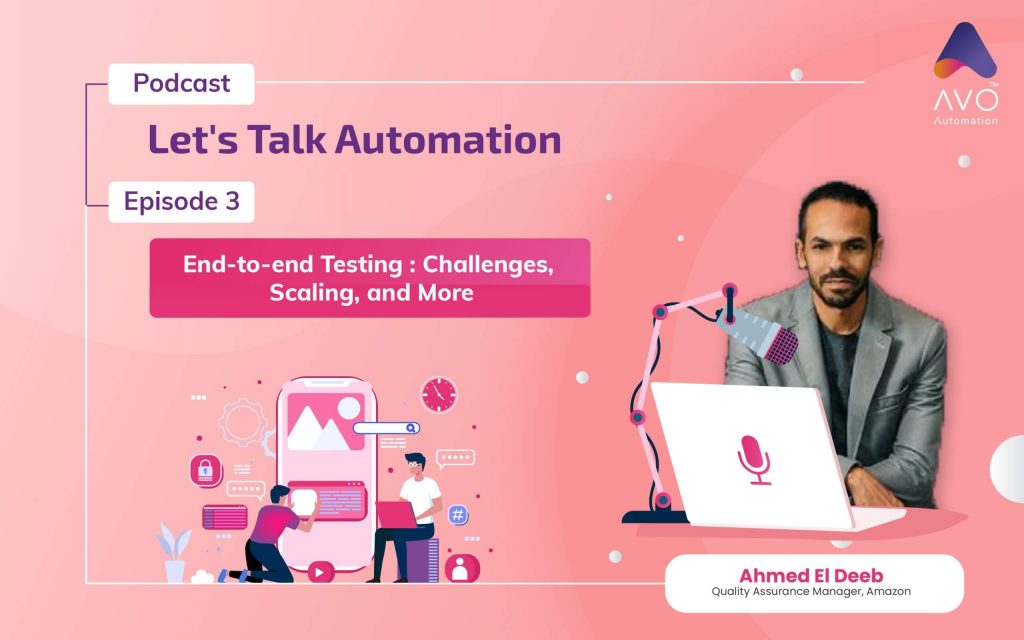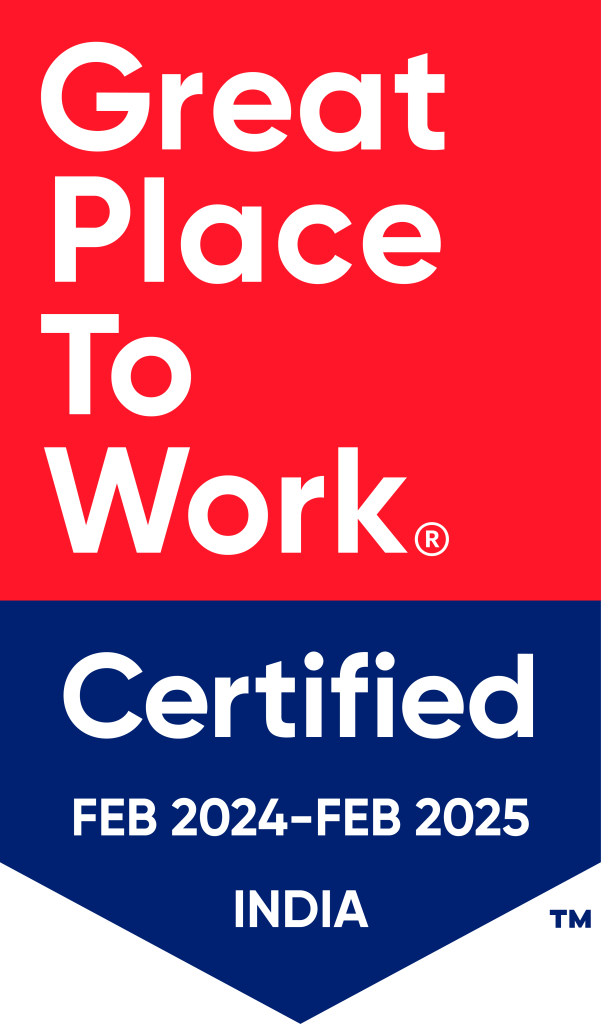Have you ordered a meal using a food ordering app? You’d be aware of the usual steps involved: open the app, login, select a meal, pay, place your order, receive confirmation from the restaurant – all done in 3–4 minutes. These are followed by food preparation, tracking, and delivery. This real-life scenario is an end-to-end process; validating it works as intended is end-to-end testing.
In this episode of our podcast, ‘Let’s Talk Automation,’ we talk with Ahmed El Deeb – Quality Assurance Manager, Amazon, about end-to-end testing. We will discuss at length the challenges of end-to-end testing, its scaling, and more.
Tune into the podcast here.
The challenges of end-to-end testing
As seamless as it could look, the 3–4 minutes steps of placing an order involve complex technical flows spanning various applications like mobile, web, SAP, Oracle, Salesforce, and more. Testing these apps end-to-end is easier said than done.
Understanding these business processes thoroughly is the first step to knowing how complex the integrations between these diverse applications are. With multiple teams catering to these apps, having this information in one place is a challenge. This is where group testing comes into the picture.
Group testing refers to the methodology of testing where owners of all the diverse application modules get together and communicate their most important test cases and associated integration points. With manual testing, this is a tedious, time and effort-consuming task apart from the logistic issues of having all the stakeholders in one place. This is where test automation plays a crucial role.
Scaling end-to-end testing
Gone are the days when end-to-end testing was done only at the end of the software development process. With teams moving to agile, it is done more often and early in a sprint cycle. Scaling up to speed without test automation is a nightmare, given that group testing is not the most efficient option.
The other roadblock to scaling manual testing is creating test environments that mimic the production environment. With multiple integrations, scenarios, and more, it is nearly impossible to achieve end-to-end testing without automation.
Do proprietary solutions really help you scale?
Although open-source solutions are a good starting point, they don’t provide all the use cases you need. Proprietary solutions come into play to address this issue. But how do you choose the one that suits your team, and when’s the right to implement it?
Discover the answer to this and other in-depth insights in this podcast.

